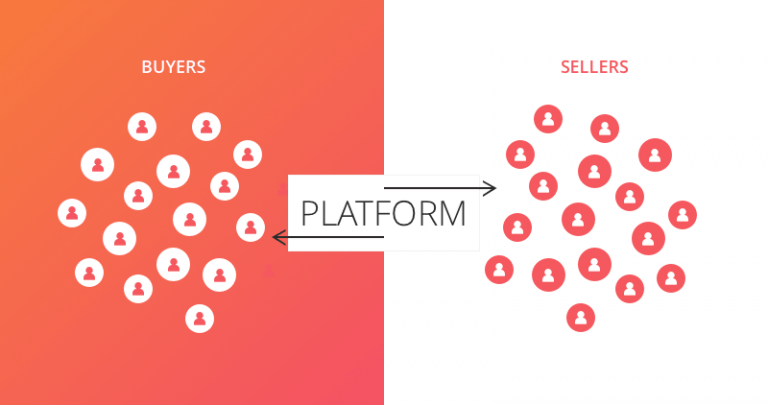Unlocking growth potential requires more than tracking KPIs. Your KPIs must be able to tell a story and that story must be specific to your business. Relying on cloning other organisations’ dashboards and KPIs will not work.
Identifying what KPIs to track and putting together actionable dashboards is no mean feat. So, what are the steps to building dashboards to empower your team with actionable data and increase confidence in everyone’s decision-making?
Don’t hope for your Data Team nto solve the issue for you. Without asking the right data questions and guidance they won’t be able to help.
This article delves into best practices for creating your growth dashboards and validating growth loops to effectively empowering you, your team and the wider businesses.
Strategy First: Moving Beyond KPIs
- Start by aligning your growth dashboard with your overarching growth strategy.
- Identify the core growth loops that fuel your business. This may be a viral loop, content / SEO, or paid ads loop.
- Having a clearly defined strategic approach, you can effectively proceed measuring the impact of those growth initiatives.
Confirming Loop Effectiveness
- The primary goal of your growth dashboard is to validate the efficiency of your growth loop.
- A common pitfall is tracking outputs. Instead, focus on your inputs and monitor what is having a direct impact on your growth.
Balancing Inputs and Outputs
- For a comprehensive growth model, it is essential to consider both inputs and outputs.
- When dealing with viral products, incorporate key steps in your growth model, such as monthly or daily active users (MAUs / DAUs), sign-ups, activation rates, invite-to-user ratios, and acceptance rates.
- Including these metrics will ensure a holistic view of your growth trajectory and provides actionable insights for optimisation.
Contextualise Numbers with Goals
- To derive maximum value from your growth dashboard, it is essential to set measurable goals.
- By tracking and comparing your numbers to your target growth, you gain a clear understanding of your progress and can make confident adjustments as required.
Network Effects Products: Building Networks of Networks
- For products that thrive on network effects, such as marketplaces, collaboration tools, and social platforms, consider dividing metrics by geo locations, such as cities, campuses, or companies.
- This approach allows you to build a network of networks, analysing the impact of localised growth on the overall ecosystem.
Complexity of Multi-Sided Networks
- In the case of multi-sided networks, tracking growth becomes more complex.
- It is imperative to monitor both your demand and supply side to ensure the equilibrium of the ecosystem (check out my article on marketplace liquidity).
- By understanding the interdependencies between both sides allows identifying growth opportunities and challenges more effectively.
Adopting the approach and best practices will get you identifying the correct KPIs to track and to set up actionable dashboards.














